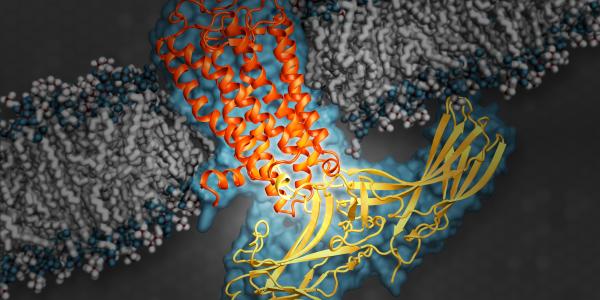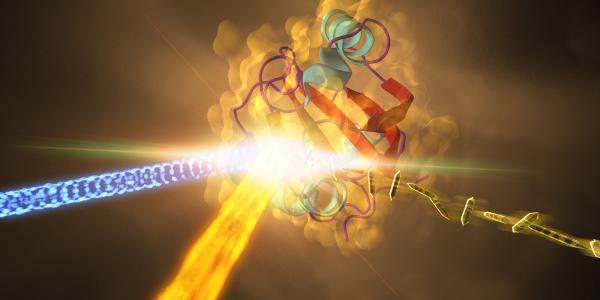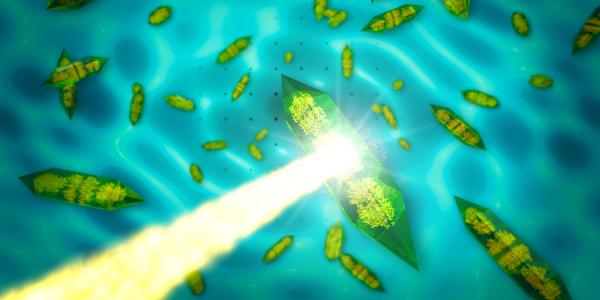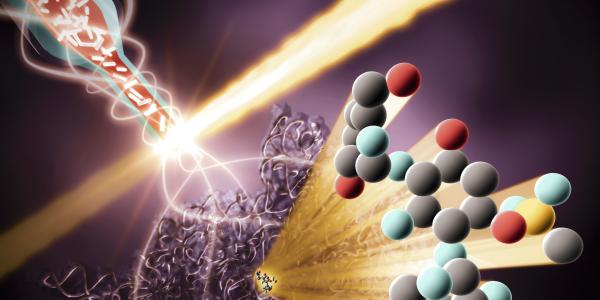
After decades of effort and help from SLAC's X-ray laser, scientists have finally seen the process by which nature creates the oxygen we breathe.
Greg Stewart / SLAC National Accelerator Laboratory
Explore Biology at LCLS
X-ray free electron lasers such as the LCLS have been revolutionary in structural biology, allowing unique experiments on diverse biological targets.
Science Impact
X-ray free electron lasers have allowed us to make exciting discoveries in biology.
Work with Us
Scientists worldwide have used LCLS's unique capabilities to explore previously unreachable areas in fields like biology, generating hundreds of articles in peer-reviewed scientific journals published in journals like Science and Nature.
The LCLS encourages scientists to submit proposals for experiments that utilize LCLS's unique capabilities.
LCLS features seven specialized instrument hutches to conduct pioneering research and assist users with experiments.
Labs are available and equipped for biosample preparation and manipulation and final stage sample preparations.
LCLS partners with NIH to create the Center for Structural Dynamics in Biology to build new capabilities in drug design and enzymology that are available to all scientists.





